What is the full form of CITESCITES: Convention on International Trade in Endangered Species of Wild Fauna and FloraCITIES, stand for The Convention on International Trade in Endangered Species of Wild Fauna and Flora, sometimes known as the Washington Convention, is a multilateral agreement designed to protect endangered plants and animals from the risks of international trade. 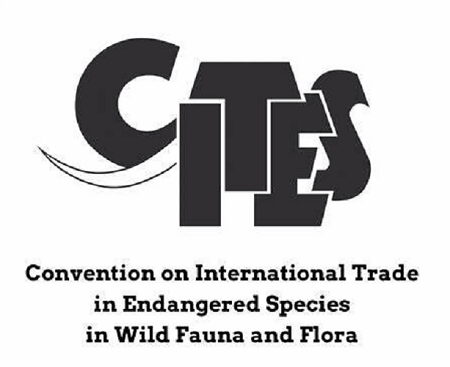
It was created as a result of a goal established in 1963 at a meeting of the Global Association for the Protection of Nature (IUCN). The show was offered for marking in 1973 and entered into effect on July 1, 1975. Manages the expense of various degrees of protection for over 38,000 species. Its purpose is to ensure that international trade (import/export) in instances of creatures and plants listed under Refers to does not jeopardize species' survival in the wild. This is achieved through a series of grants and endorsements. Ivonne Higuero is the Secretary-General of Refers as of April 20, 2022. The Need for CITESBroad data on the endangered status of several recognized species, such as the tiger and elephant, may highlight the necessity for such a presentation. In any case, when the concepts for Refers to were first formed in the 1960s, the worldwide debate of the regulation of untamed life commerce for protective products was still in its infancy. In retrospect, the need for Refers to is clear. Every year, the worldwide natural life trade is believed to be worth billions of dollars and to encompass a diverse variety of plant and creature species. The transaction is diversified, from live creatures and plants to a wide range of wildlife commodities, such as food, fascinating leather items, wooden instruments, firewood, traveller knick-knacks, and pharmaceuticals. Some animal and plant species have significant levels of double-dealing, and the interchange of them, along with other factors, such as natural environment misfortune, has the potential to deplete their populations rapidly and, in any case, put a few animal categories close to extinction. Many natural life species in the exchange are not endangered, yet, the existence of consent to ensure the exchange's manageability is critical to protect these assets from what lies ahead. Because the exchange of wild animals and plants crosses national boundaries, efforts to restrict it require worldwide collaboration to safeguard specific species from over-double-dealing. Refers to what was assumed to be fundamental to such collaboration. Today, it protects approximately 37,000 distinct kinds of animals and plants, whether they are sold as live specimens, fur garments, or dried spices. RatificationsThe Convention's statement was completed on March 3, 1973, at a conference of representatives from 80 nations in Washington, D.C., U.S. It was then open for signing until December 31, 1974. On July 1, 1975, it entered into force following the tenth ratification by a signatory country. Nations that ratified, accepted, or approved the Convention became Gatherings. Toward the end of 2003, all member countries hosted Gatherings. States who were not signatories might become Gatherings by ratifying the Convention. 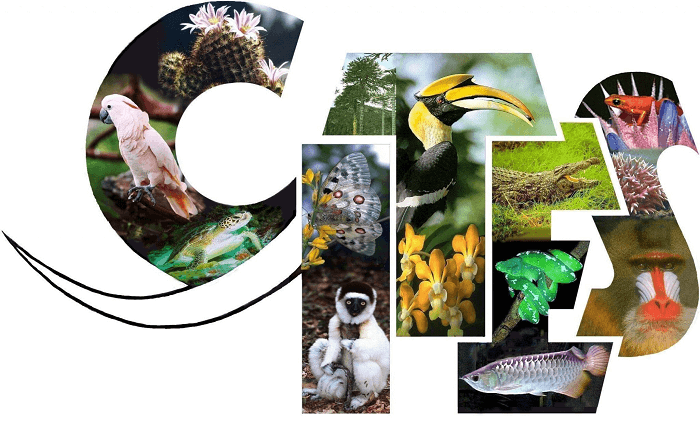
The Refers to Convention includes rules and procedures for trade with non-Gatherings. The majority of the agreement forbids the People's Republic of Korea, the Unified Territories of Micronesia, Haiti, Kiribati, the Marshall Islands, Nauru, South Sudan, East Timor, Turkmenistan, and Tuvalu from governing themselves. The Faroe Islands, a Danish free region, are also considered a non-Party to reference (both the Danish central area and Greenland are fundamental for alluding to). The Heavenly See is likewise not mentioned as a U.N. eyewitness. The Gaborone Change, an amendment to the show's wording, allows territorial monetary incorporation associations, such as the European Association, to hold the position of a sector state while remaining active with the show. The REIO can vote at Alludes to gatherings, with the number of votes reflecting the number of people in the REIO, but it does not have an extra vote. According to Article XVII, paragraph 3 of the Refers to Convention, the Gaborone Revision went into force on 29 November 2013, 60 days after 54 (66%) of the 80 Expresses concerned with Refers to on 30 April 1983 preserved their instrument of recognition of the rectification. Around that time, it went into effect only for those Expresses who have recognized the modification. The revised convention language will apply to any Express that joins a Party after November 29, 2013. States that become parties to the Convention before that date but have not recognized the change will have 60 days to do so. Shortcomings and ConcernsBeginning around 2002, half of the Gatherings required at least one of the four major Refers to necessities - designation of The executives and Logical Specialists; regulations prohibiting trade in violation of Refers to; punishments for such trade; and regulations providing for the confiscation of examples. 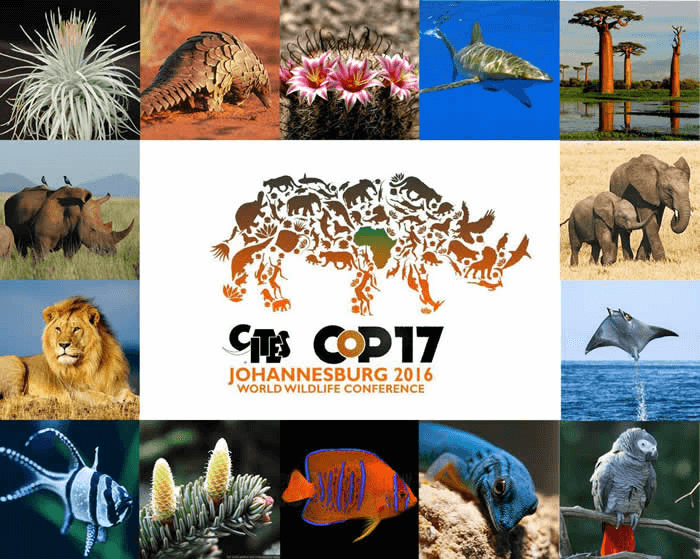
Although the formal Convention does not allow for arbitration or debate in the case of non-compliance, 36 years of Refers to has led in a few processes to manage violations by Gatherings. When the Secretariat is notified of a breach by a Party, it will notify any remaining gatherings. The Secretariat will give the Party time to respond to the allegations and may provide particular support to prevent similar breakdowns. Various activities that the first Show does not provide but derive from COP aims may be taken against the breakaway Party. Here are a few examples:
Due to national legislation, two-sided punishments have been imposed (for example, the USA utilized certification under the Pelly Correction to get Japan to disavow its reservation to hawksbill turtle items in 1991, reducing the volume of its products). Infractions may include negligence in licence issuance, excessive trading, negligent implementation, and failure to produce periodic reports (the most common). Amendments and ReservationsChanges to the Convention require the support of a majority of 66% of those "available and voting." They can be implemented during an extraordinary meeting of the COP if 33% of the Gatherings are interested in such a gathering. The Gaborone Correction (1983) enables local financial coalitions to agree on a settlement. Exchange with non-Party states is permitted, even though exporters must give permits and declarations and merchants must seek them. 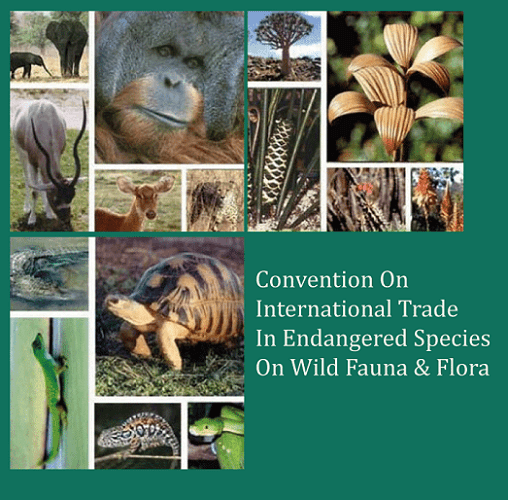
Species in the Reference sections may be requested for enlargement, modification of Supplement, or de-listing (i.e., cancellation) by any Party, whether it is a reach State, and revisions may be implemented notwithstanding concerns by range States if there is enough (2/3 more significant part) support for the listing. The Meeting of Gatherings is where species are listed. After endorsing the Show or within no less than 90 days of an animal group posting update, get-togethers might enrol a seat. In these cases, the party is treated similarly to an express that isn't engaged with the species at hand. Iceland, Japan, and Norway have established reserves for some baleen whale species, while Saudi Arabia has made reservations for Falconiformes. Approach to Biodiversity ConservationGeneral constraints about the construction and reasoning of Refers to include: by design and intent, it focuses on exchange at the species level and does not address natural surroundings misfortune, environment approaches preservation or neediness; it seeks to prevent unsustainable use rather than advance sustainable use (which frequently conflicts with the Convention on Natural Variety), though this is changing (see Nile crocodile, African elephant, South African white rhino contextual analyses in Hutton and Dickinson 2000). It does not particularly address market interest. Indeed, it refers to listings that have been shown to increase financial theory in several commercial sectors for high-esteem species. Funding does not allow for extended on-the-ground authorization (it should apply for a respective guide for most activities of this nature). 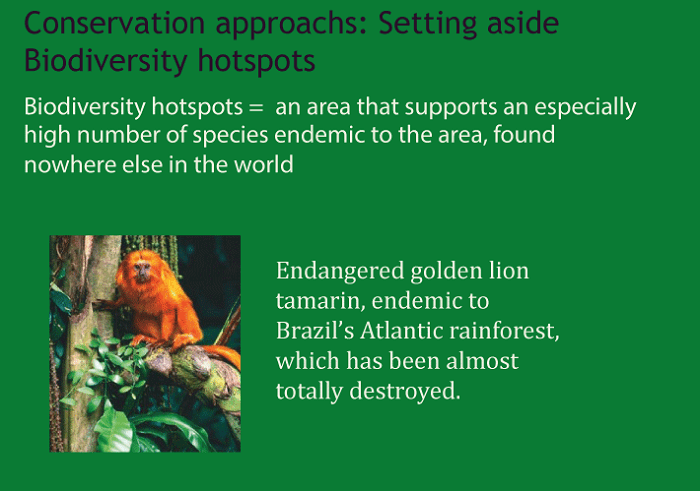
Within the Gatherings, there has been an expanded willingness to accept trading things from controlled populaces. For example, deals with the South African white rhino have yielded income that has helped pay for assurance. To remember the species for the Addendum, I increased the price of rhino horn (which fueled poaching), but the species survived wherever there was adequate on-the-ground assurance. As a result, while field assurance may have been the main instrument that saved the people, it is virtually certain that field insurance could never have been enlarged without referring to security. Another example is when it was first executed. Refers to for lack of understanding to help no disservice findings in 1977, the United States outlawed wildcat and lynx hide goods. Nonetheless, in this Government Register notice, given by William Yancey Brown, the U.S. Endangered Species Logical Power (ESSA) laid out a system of no drawback findings for each state and the Navajo country. They indicated that endorsement would be forthcoming, assuming the states and Navajo country provided proof that their furbearer, the board programmed, guaranteed the species would be preserved. Executive programs for these species expanded swiftly, including tagging for send-out, and are now recognized in programmed endorsements under the rules of the United States Fish and Natural Resources Administration. How Effective is CITESSeveral commentators refer to it. Some claim that preservationists rush to the fourteen-day conference like clockwork, wildly debate the fate of endangered species, and then return home, slapping themselves on the back for a fantastic piece of work. Meanwhile, the genuine demand for the Refers to guidelines is passed on to the actual nations, some of whom lack the resources or political will to approve guidelines. A 2019 study published in Science discovered that in over 66% of cases, it refers to securities slack once a species is confirmed to be harmed by international trading. For example, while pangolins were ultimately included in Addendum I in 2017, an estimated million were traded between 2000 and 2013. Half of the eight pangolin species are threatened or critically endangered. By far, the majority of organisms in the natural life exchange are not protected by Refers to. If a party violates the treaty, refers can react with sanctions prohibiting a nation from dealing in Refers to recognized species. On the other hand, nations are seldom supported, and the engagement may become exceedingly political. Furthermore, because refers to participation is purposeful, a government may choose to forsake Refers rather than recognize the implications. In any case, some feel that guidelines are a vital first step. Before the formation of Refers to international wildlife, commerce was generally a strange circumstance - while individual nations attempted to prevent the interchange of endangered species, improperly sent-out items may be lawfully carried into multiple countries. The vicuna is an example of someone who has overcome adversity. Since economic interest in its fur spurred extensive poaching during the twentieth century, numbers of the once-abundant llama relative had declined to around 10,000 species. Nonetheless, populations rebounded after protective measures, including a Refers to listing in 1975. The legal status of the vicuna is no longer significant. Legal ConsiderationsThe Convention on International Trade in Endangered Species of Wild Fauna and Flora (Refers to) governs the cross-line growth of species (both animal and plant) recorded in the Convention's Reference sections for both commercial and noncommercial (e.g., logical) purposes. It covers living creatures, corpses, and any parts or subsidiaries). Any such development should be permitted through Refers to import and commodity licences given by the Refers to The board Authority on the advice of the Logical Powers of the individual nations in line with the requirements of the Convention. Addendum Grants 1 species (assessed by Refers to being threatened with extinction in the wild), including both gorilla species, shall be allocated for development that isn't 'primarily for commercial interests,' such as logical, instructional, hostage breeding, or legal purposes. Reference section 2 species (wild populations that are not on the verge of extinction but are instead unmonitored) are authorized in commerce under a Refers to allow. Grants should not be made on a whim. 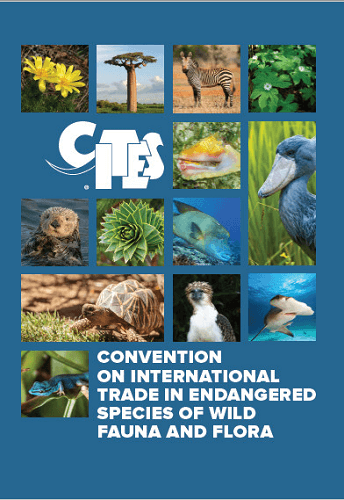
Public rules and the necessary preparations should implement in the Convention. Only Cameroon, the Focal African Republic, the Vote-based Republic of the Congo, Central Guinea, and Nigeria have completed Refers to as per the general inclination of the Refers to Public Regulation Task (Refers to, undated a). Some research on the growth of public Refers to regulation in West African gorilla range states may be found on the Last Extraordinary Chimp Association (LAGA) Local Library site (LAGA, undated). According to Hansard (2012), U.K. support Refers to specialist regulations that appear to the gorilla range regions of Cameroon, Gabon, and Uganda to assist with this.
Next TopicFull Forms List
|
 For Videos Join Our Youtube Channel: Join Now
For Videos Join Our Youtube Channel: Join Now
Feedback
- Send your Feedback to [email protected]
Help Others, Please Share










